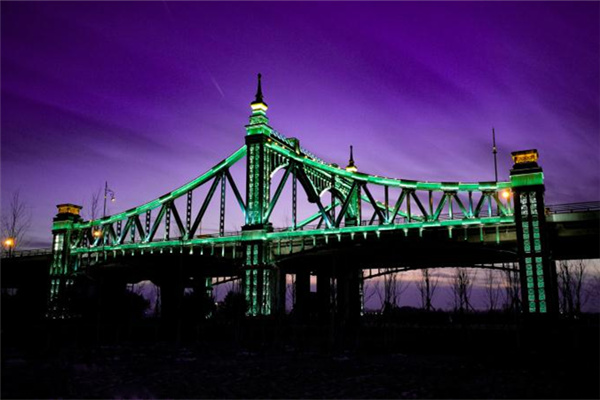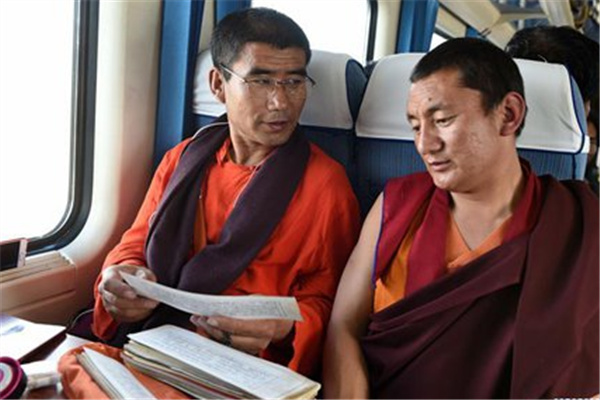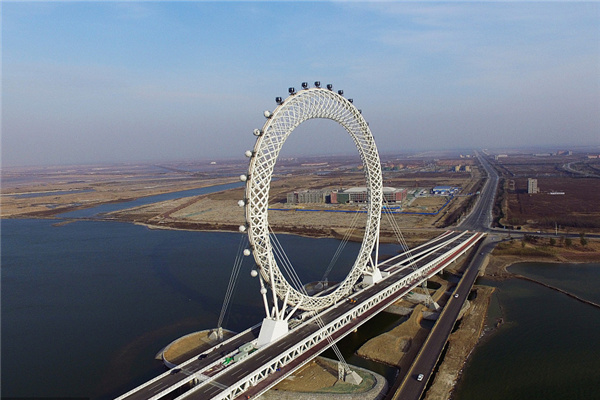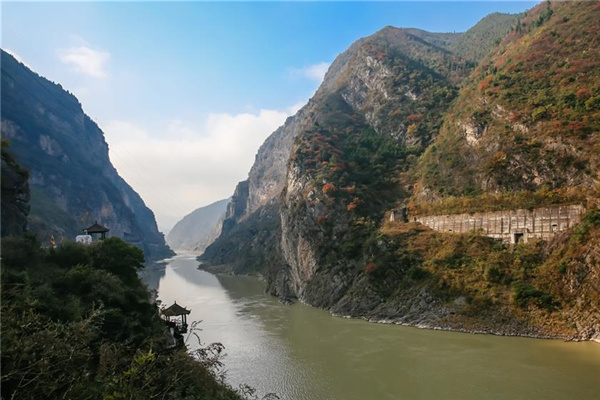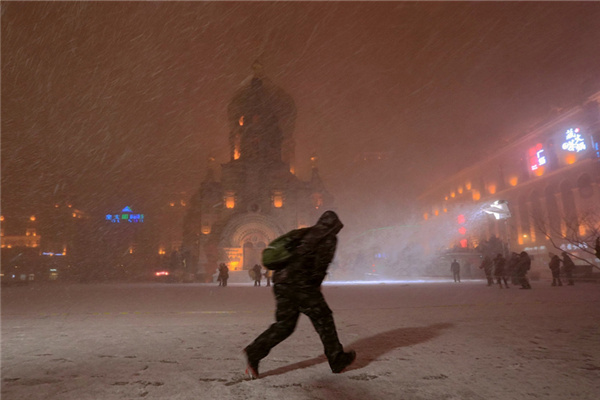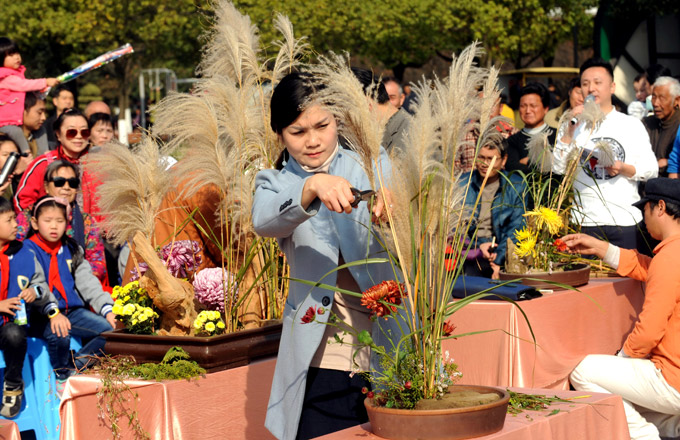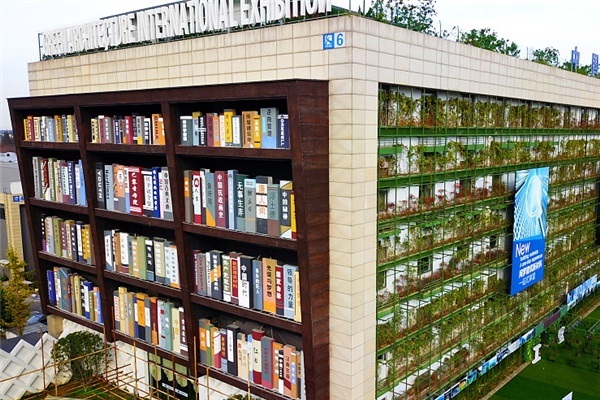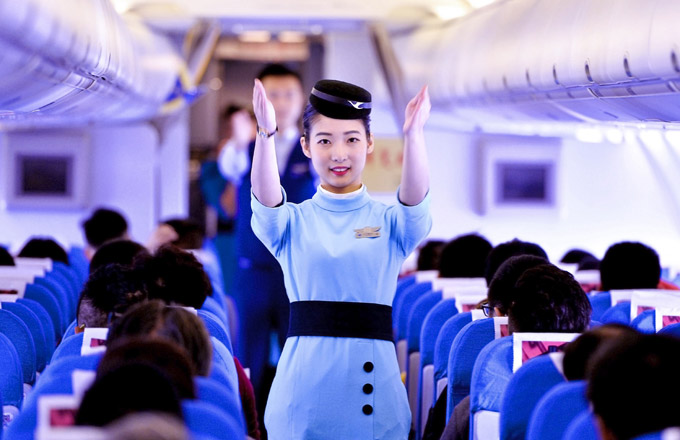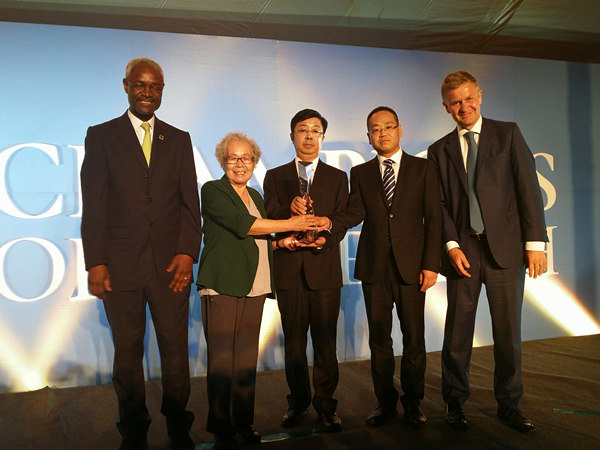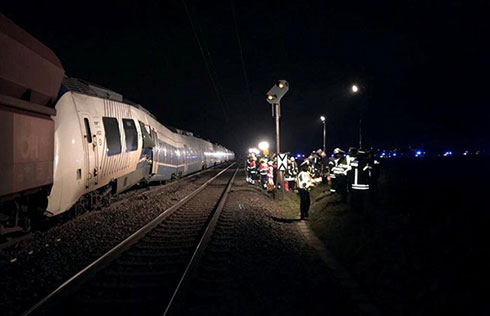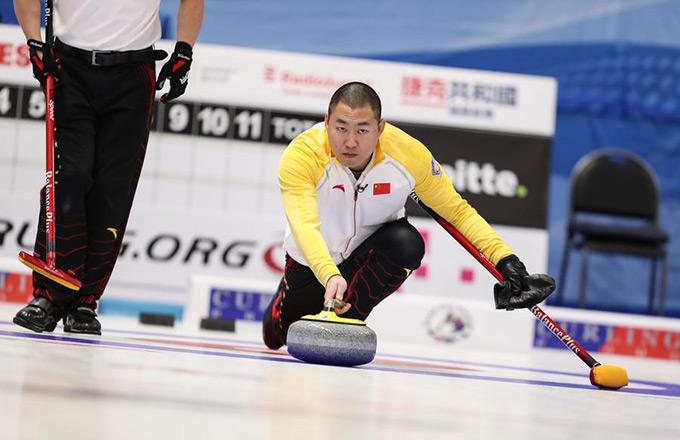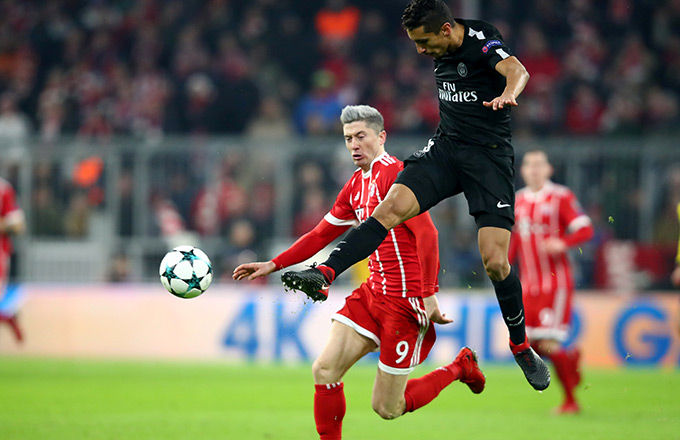

|
The Magotan is the first car in China to offer the DSG twinned with a 2-liter TSI engine. Li Yanhong |
The automatic transmission is one of the most revolutionary technologies the motoring world has ever seen, turning a complicated transport contraption into a user-friendly machine.
When automatic gearboxes appeared in US-built cars in the 1940s they opened the car door for half of the world's population - women, the majority of whom that wanted to drive were baffled by the gear stick and clutch.
But keen motoring enthusiasts have never really been big fans of automatic transmission systems because of the delay between gear changes and the loss of control. Ask any serious member of any of China's mushrooming car clubs about automatic transmissions and they will sneer in contempt.
These gearheads enjoy managing the car's power themselves and want to feel and hear the engine reach maximum revs before sliding the stick into the next gear. They will rightfully argue that a good manual driver will beat a guy in an automatic every time.
But not anymore.
DSG transmission
Volkswagen's latest model Magotan, made at the German carmaker's JV with FAW in Changchun, has Direct Shift Gear (DSG) transmission that can change gears in the blink of an eye - 8 milliseconds to be exact - matching the shutter speed of a SLR camera.
But the car still drives just like an automatic. There is no clutch pedal. A computer inside the engine does all the work.
For tech-minded people, there are in fact two clutches, two gear boxes and two transmission shafts at work allowing for such speedy changes.
The transmission's first gear is selected on the first shaft, and the outer clutch prepares to engage. At the same time, the second gear is also selected, but the clutch pack for second gear remains fully disengaged. When the driver releases the foot brake pedal, the clutch pack for the first gear takes up the drive at the "biting point", transferring the torque from the engine through the transmission to the driveshafts - and the vehicle moves forward.
As the car accelerates, the transmission's computer determines when the second gear connected to the second clutch should be fully engaged. Depending on vehicle speed and amount of power being requested by the driver (full throttle or part-throttle normal driving), the DSG then upshifts.
During this sequence, the DSG disengages the first clutch while engaging the second, completing the shift sequence. It happens in 8 ms with practically no power loss.
Audi actually developed the super gear-changing technology, which helped Audi's rally drivers conquer the world championship. When Volkswagen bought Audi it started installing it on more cars.
The Magotan is the first car in China to carry the DSG matched with a super 2-liter TSI (turbo stratified injection) engine, and it really is a marvelous ride. There is very fast accelerator response and very little loss of engine power.
The Magotan, badged a Passat B6 elsewhere around the globe, offers Chinese motorists a fabulous four-cylinder first - a brilliant turbo engine that uses Le Mans' winning racing car technology.
This power plant combined with the car's conservative, yet sleek body, and lush interior, is set to appeal to the over-35 crowd.
The mid-to-high-end segment is the fastest growing group in China. For most of 2007 it was dominated by the Toyota Camry followed by the popular Honda Accord.
But VW is confident the Magotan will shake up the competition thanks to its new hi-tech turbo powered engine and the DSG technology.
The Magotan's instant power is perfect for city cruising where low speeds are the norm, and power pushes of acceleration are needed for maneuvering through bumper-to-bumper traffic.
The Magotan's zoom from 30 km/h to 60 km/h is much faster than its class rivals.
Fuel-efficient engine
The secret to the new engine - also developed by VW-owned Audi - is the combination of petrol direct injection and turbocharging. In plain English, this means more power and better fuel efficiency.
It also means cleaner exhaust pushed out of the Magotan's twin exhausts.
The Magotan's turbo engine features a high-pressure fuel line that injects petrol straight into the combustion chamber.
Specially shaped pistons and a smart set of valves make the air tumble, creating more efficient combustion. When the driver slowly accelerates, this special fuel-air mix is injected directly next to the spark plug and a leaner mix gets sent to other parts of the combustion chamber.
Yet when the driver really puts their foot down on the accelerator, the engine reverts to a more conventional method of filling the combustion chamber with fuel and air.
The tumble effect and the air and fuel combination offer more power and a cleaner engine. When Chinese drivers discover the Magotan's low-end torque, it will be the talk of the town.
In the looks department, the Magotan has a sleek and sporty shape, which is enhanced by its wide stance.
The taillights are striking and give the car a distinct appearance from the rear.
To appeal to the mature family driver, seats are leather and there is ample backseat space. An automatic dual-zone climate control system is also available.
The Magotan is also the first sedan of its class in China to have a push-button parking brake as standard equipment - sure to be popular among Chinese drivers who use the handbrake more often then not because they are fresh from driving school.
The author is a senior editor of China Daily
(China Daily 09/21/2009 page8)
